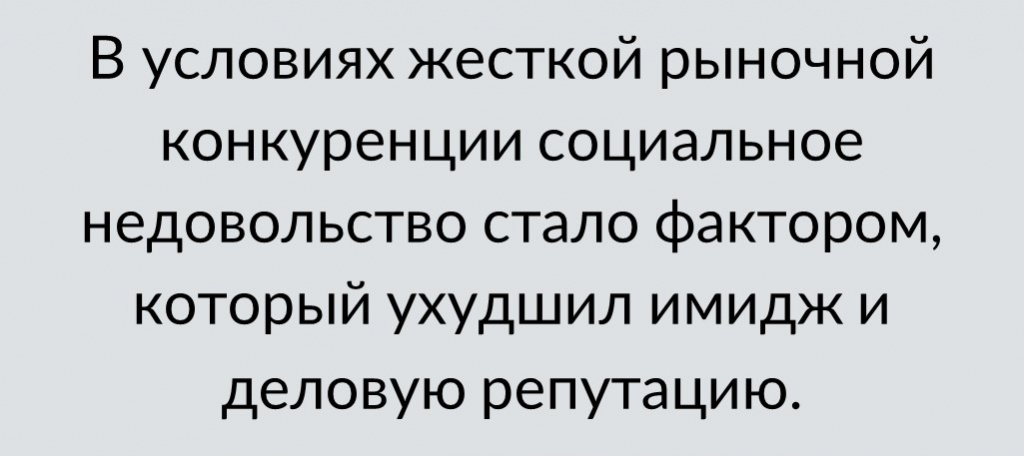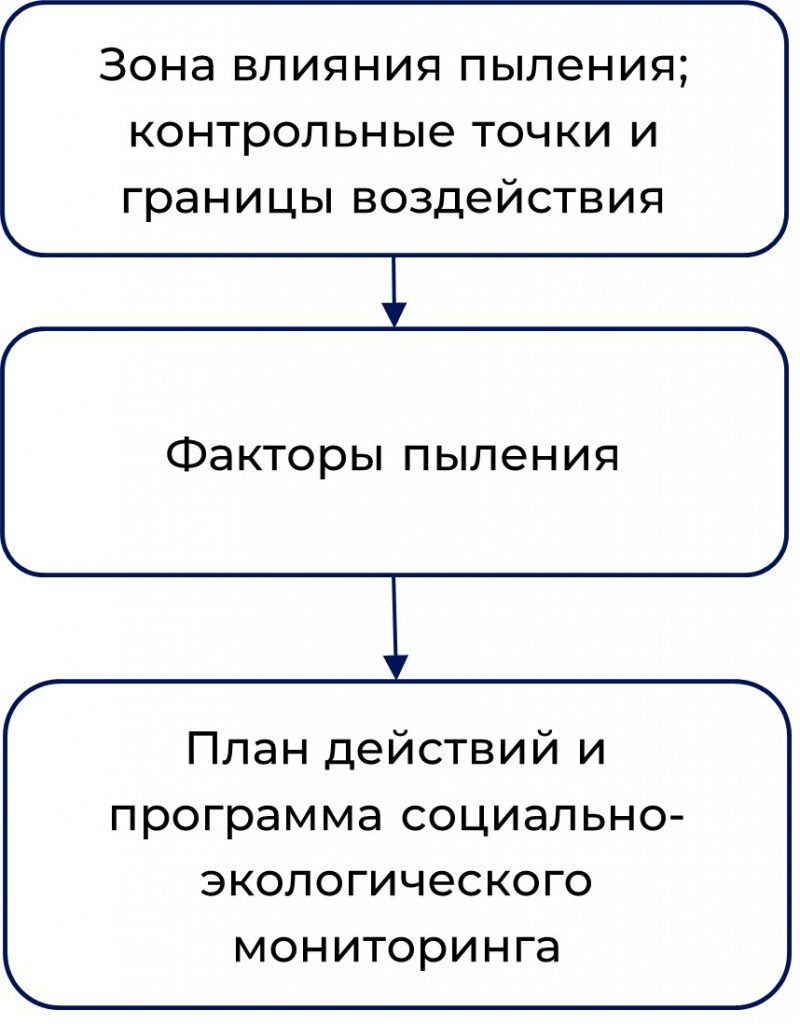Object of Negative Impact on the Environment: How to Control and Manage?
Customer

The enterprise extracts and enriches ore , and is located in the Arctic Zone. It includes an object of negative impact on the environment (EIA), where ore dressing wastes are stored. The enterprise carries out all environmental protection measures, but dust from the facility, which occurs in the warm season under abnormal weather conditions, is a cause for concern for local residents and the authorities.
Problem
Fear and indignation have reached their limit. Arguments by management regarding not exceeding the accepted levels of negative impact are unsuccessful. People believe that the dust creates health risks, threatening the well-being of children. The management of the company understands that the situation has spoiled its image as an environmentally responsible business and harmed its business reputation. The enterprise then experienced constant pressure from the local authorities, regulators and other stakeholders.
 Despite the costly measures taken to ensure dust suppression, the anxiety of local residents did not subside and the number of claims increased. The production workers could not competently and reasonably respond to their indignation. Therefore the management of the enterprise requested the assistance of our organization, which has expert knowledge and experience in the field of ensuring environmental safety and compliance with the recommendations of Environmental and Social Impact Assessments (ESIA)
Despite the costly measures taken to ensure dust suppression, the anxiety of local residents did not subside and the number of claims increased. The production workers could not competently and reasonably respond to their indignation. Therefore the management of the enterprise requested the assistance of our organization, which has expert knowledge and experience in the field of ensuring environmental safety and compliance with the recommendations of Environmental and Social Impact Assessments (ESIA)
Solution
After examining the situation, we saw that the existing arguments had almost exhausted their potential for resolution.
In order to resolve the problem, it was decided to use a risk-based approach and add it to the EIA operator's toolkit.

When we got started, we determined that dust from the site affects three environmental values (human health, biodiversity and ecosystem services).
It was clear that most of the year the impact from the site was minimal (the parameters did not exceed the permissible limits), but under certain conditions the release of dust occurs. What did the negative impact of the site depend on? What combination of factors was causing the release?
We paid close attention to the climatic parameters (air temperature, number of sunny days, wind speed) and the characteristics of the site itself. All of which were closely related and we found that the hotter it was outside and the stronger the wind, the more dust was likely to occur.
We then identifiedcontrol points or places where the environmental values were most negatively impacted. Then additionally, we calculated the predicted dynamics of risks for protected environmental values due to climate change.
We then developed an action plan for effective facility management. In it, we took into account all aspects of the enterprise's work, and also created a separate block for public relations. In addition, we developed an environmental and social monitoring program to track the levels of negative impact on the environmental values and assess risk levels.
Result
- Heightened awareness. We provided the company with the main information it needed: when and under what parameters and at what values was there a dust hazard. Using this data, management was able to prepare in advance and carry out dust suppression measures in time.
- Interaction with the local population was established. We indicated where it was best to carry out measurements for control in order to monitor the situation, keep the public informed and provide them with reliable information. This would improve relations with the local residents, the authorities and regulators.
- Improved efficiency of management. We gave the enterprise a tool they could apply which increased the efficiency of managing the problem site. Now they can take precise action and see the correct landmarks in the fight against the dust.
The work done is an example of a successful combination of strict compliance and voluntary business initiatives. This does not require significant costs, and the result is of great benefit to the owner of the object of negative impact, who is responsible for the environmental safety of their assets.

Contact us and we will help you implement a risk-based approach to the management of objects of negative impact and improve the environmental policy of the enterprise.
Phone:+7 (4852) 75-19-83
E-Mail: info@ntc-rik.ru
